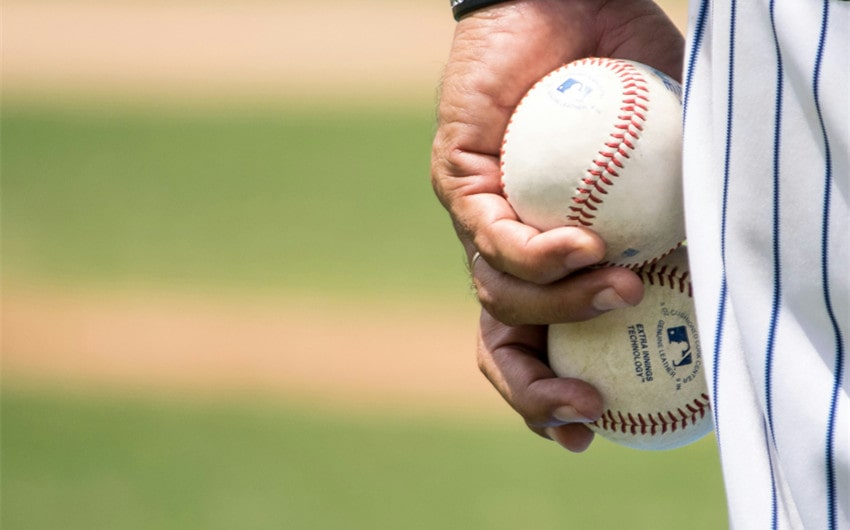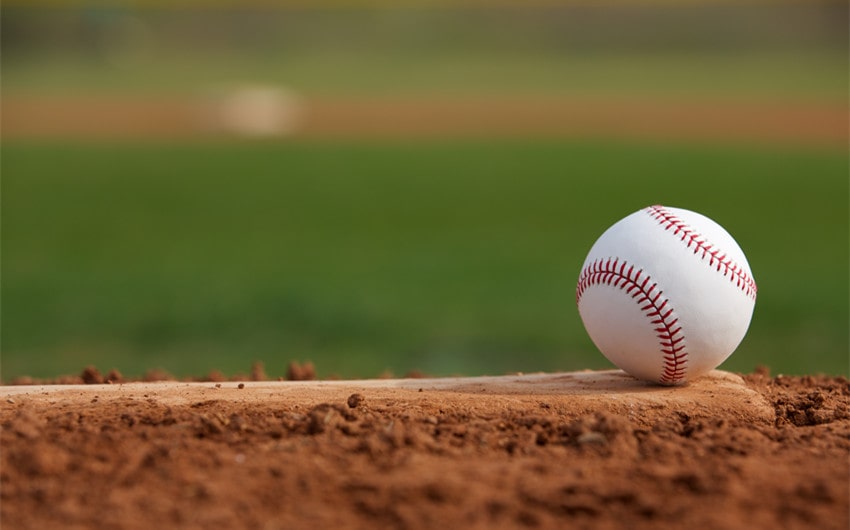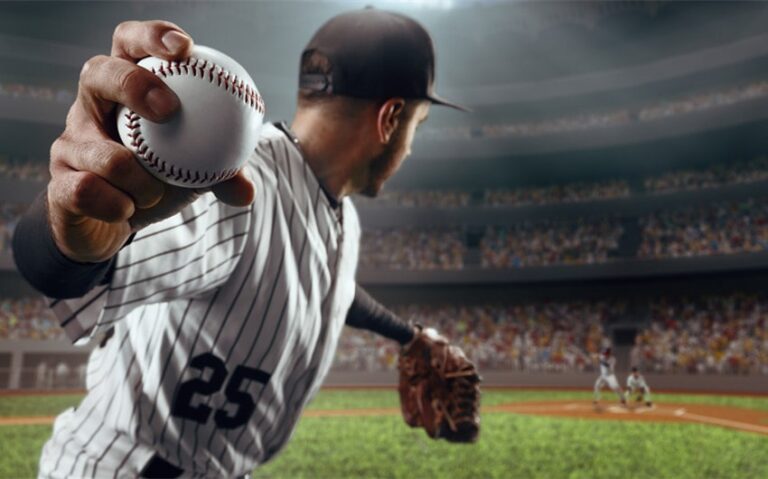How Many Baseballs Are Used in a Game? Here’s the Answer
When you watch a baseball game, you might be surprised by just how often a new ball is brought into play. This might lead you to wonder, how many baseballs are used in a game? The answer is more than you might think, as each game requires a surprisingly large number of baseballs to keep things running smoothly.
From foul balls to home runs, there are many reasons why fresh baseballs are constantly needed. In this article, we’ll explore the factors that contribute to the high number of baseballs used in every game and why it’s such an essential part of the sport.
Average Number of Baseballs Used Per Game
The number of baseballs used in a single Major League Baseball (MLB) game might surprise even the most ardent fans. On average, between 90 and 120 baseballs are used during a typical nine-inning game. This number can fluctuate depending on several factors, including the pace of the game, the number of pitches thrown, and specific events like foul balls and home runs.
Factors Contributing to High Baseball Usage

The number of baseballs used in a single game is influenced by several key factors, each of which plays a significant role in why so many balls are needed. These factors range from the natural flow of the game to specific practices by players and umpires. Let’s delve into these factors in more detail:
1. Foul Balls
Foul balls are one of the most frequent reasons why baseballs are taken out of play. When a batter hits a ball that lands outside the fair territory, it is considered a foul ball. In most cases, these balls end up in the stands, where fans eagerly keep them as souvenirs.
Unlike other balls that might be retrieved and reused, foul balls are almost never returned to the field. Given that there can be anywhere from 30 to 50 foul balls in a single game, this significantly contributes to the total number of baseballs used. Each foul ball means a fresh baseball must be put into play, adding to the game’s overall count.
2. Home Runs and Hits
Home runs are another major contributor to the high usage of baseballs during a game. When a player hits a home run, the ball leaves the playing field entirely, often landing in the stands or even outside the stadium. Like foul balls, these home run balls are not retrieved for reuse in the game.
Fans often keep them as prized possessions, further reducing the number of available baseballs. In addition to home runs, balls that are hit into the stands as foul tips or ground-rule doubles are also taken out of play. This constant replacement of balls keeps the game moving but also increases the total number of baseballs used.
3. Pitcher Preferences
Pitchers are highly particular about the baseballs they use. A pitcher’s grip on the ball is crucial to their performance, and any imperfections on the ball’s surface can affect their ability to throw accurately and effectively. As a result, pitchers often request new baseballs during the game if they feel the current ball is scuffed, dirty, or otherwise compromised.
Umpires usually grant these requests to maintain the quality of play. This practice is especially common when pitchers are throwing breaking balls or other pitches that require a precise grip. Because pitchers are frequently swapping out baseballs, the number of balls used in a game increases.
4. Umpire Decisions
Umpires play a key role in managing the baseballs used during a game. They are responsible for ensuring that every ball in play is in good condition. If an umpire notices that a ball has become damaged, dirtied, or scuffed—whether from contact with the bat, the ground, or a player’s equipment—they will remove it from the game and replace it with a new one.
This helps ensure that the game is fair and that no player has an advantage or disadvantage due to the condition of the ball. Umpires are also vigilant in removing balls that have been in contact with moisture, such as from wet grass or mud, which could affect their performance. This diligent oversight by umpires contributes to the frequent replacement of baseballs during a game.
5. Weather Conditions
Weather plays a significant role in the number of baseballs used during a game. In conditions where there is rain, high humidity, or excessive heat, baseballs can become wet, muddy, or sticky, making them unfit for play. In such cases, umpires and players will often request a new ball more frequently to ensure that play continues smoothly.
6. Extra Innings
While a standard baseball game lasts nine innings, games can often go into extra innings if the score is tied at the end of regulation play. Each additional inning naturally requires more pitches and, therefore, more baseballs.
As the game extends, the likelihood of foul balls, home runs, and other events that take balls out of play increases, further driving up the total number of baseballs used. A game that goes into extra innings can easily push the number of baseballs used beyond the typical range, sometimes exceeding 120 balls.
Baseball Handling and Preparation

Each baseball must meet specific standards to be used in Major League Baseball (MLB) games, and this meticulous preparation process is carried out by a combination of umpires, ball boys/girls, and other game officials. Here’s an in-depth look at how baseballs are handled and prepared:
1. The Mud Rubbing Process
Before any baseball is used in an MLB game, it undergoes a unique preparation process that involves rubbing it with a special mud. This mud, known as “Lena Blackburne Rubbing Mud,” is harvested from a secret location along the Delaware River. It has been used in the major leagues for decades due to its perfect consistency and texture, which helps remove the slickness from new baseballs.
The mud is applied to each ball by hand, usually by an equipment manager or clubhouse attendant, and is rubbed in until the ball has a slightly rougher texture and a duller appearance.
This process not only improves the pitcher’s grip on the ball but also ensures that the ball is less likely to slip out of their hand during a pitch. The rubbing process is done meticulously to achieve a consistent feel across all the baseballs used in a game, making it an essential part of pre-game preparation.
2. Inspection and Approval by Umpires
Once the baseballs have been rubbed with mud, they are inspected by the game’s umpires before the start of the game. Umpires are responsible for ensuring that each ball meets the required standards, including size, weight, and overall condition. They check for any irregularities, such as uneven stitching, discoloration, or any damage that might have occurred during the mud-rubbing process.
Any ball that does not meet the standards is discarded and replaced with another. This inspection is crucial because it guarantees that all baseballs used during the game are uniform and fair for both teams. The umpires typically prepare a reserve of baseballs that have passed inspection, which are kept ready to be used throughout the game.
3. Storage and Handling During the Game
During the game, baseballs are stored in a special container near the playing field, often within easy reach of the umpires or ball boys/girls. These containers are designed to protect the baseballs from elements such as moisture, dirt, and extreme temperatures. Baseballs are kept at room temperature to ensure they maintain their ideal condition throughout the game.
Ball boys or ball girls are tasked with retrieving baseballs that go out of play, such as foul balls or home run balls, and providing the umpires with fresh baseballs as needed. They play a critical role in keeping the game moving smoothly by ensuring that the umpire always has a ready supply of game-approved baseballs.
The efficiency and speed with which they handle this responsibility can impact the pace of the game, especially during high-intensity moments where quick ball replacements are necessary.
4. In-Game Ball Replacement Procedures
During the course of a game, baseballs are frequently replaced due to various factors, such as being hit out of play, becoming scuffed, or being affected by weather conditions. When a ball needs to be replaced, the umpire will signal for a new one, which is quickly provided by a ball boy or girl.
The umpire might also replace a ball at their discretion if they believe it is no longer suitable for play, such as when it becomes too dirty or if it has been hit in a way that might compromise its structure. Pitchers also play a role in ball replacement. If a pitcher feels that a ball is not to their liking, they can request a new ball from the umpire.
What Happens to Baseballs After They Are Taken Out of Play?

When baseballs are removed from play during a Major League Baseball (MLB) game, they don’t just disappear—they often serve new purposes within the sport and beyond. Here’s a look at what typically happens to these baseballs:
1. Used in Batting Practice
Baseballs that are still in good condition are often repurposed for batting practice. These balls provide players with essential tools for honing their skills during pre-game warm-ups. Batting practice demands a large number of baseballs, and those removed from play serve this purpose perfectly, extending their usability beyond the game.
2. Sold as Memorabilia
Baseballs used in MLB games, especially those from significant moments, are authenticated and sold as memorabilia. Collectors and fans value these balls for their historical significance. A home run ball hit by a star player or a ball used in a no-hitter can become a prized possession, complete with certificates of authenticity and, sometimes, player signatures.
3. Donated to Charitable Causes
Many teams donate used baseballs to youth leagues, community programs, and charities. These donations provide valuable equipment to young athletes and help foster the next generation of players. While these baseballs are no longer suitable for professional play, they are still excellent for practice and recreational use.
4. Recycled and Repurposed
Baseballs that are too worn or damaged for further use are sometimes recycled. Materials like the leather cover and core can be repurposed for other products, reducing waste and promoting sustainability within the sport. This recycling process ensures that even the most worn-out baseballs continue to serve a purpose.
5. Kept by Fans as Souvenirs
Foul balls and home run balls that end up in the stands are often kept by fans as souvenirs. These balls become cherished keepsakes, symbolizing a memorable moment at the ballpark. For many fans, catching a game-used baseball is a highlight of their experience, creating a lasting connection to the game.
6. Used in Special Promotions and Events
Some baseballs are used in team promotions or events, such as fan appreciation days or fundraising activities. These baseballs may be marked or stamped for special use, making them unique memorabilia items that fans can acquire, often with proceeds going to charity.
7. Reserved for Player and Team Archives
Baseballs from significant plays or milestones are sometimes kept for team archives or player collections. These balls mark important achievements, such as a player’s first career hit or a record-breaking moment, and are preserved as part of the team’s or player’s history.



